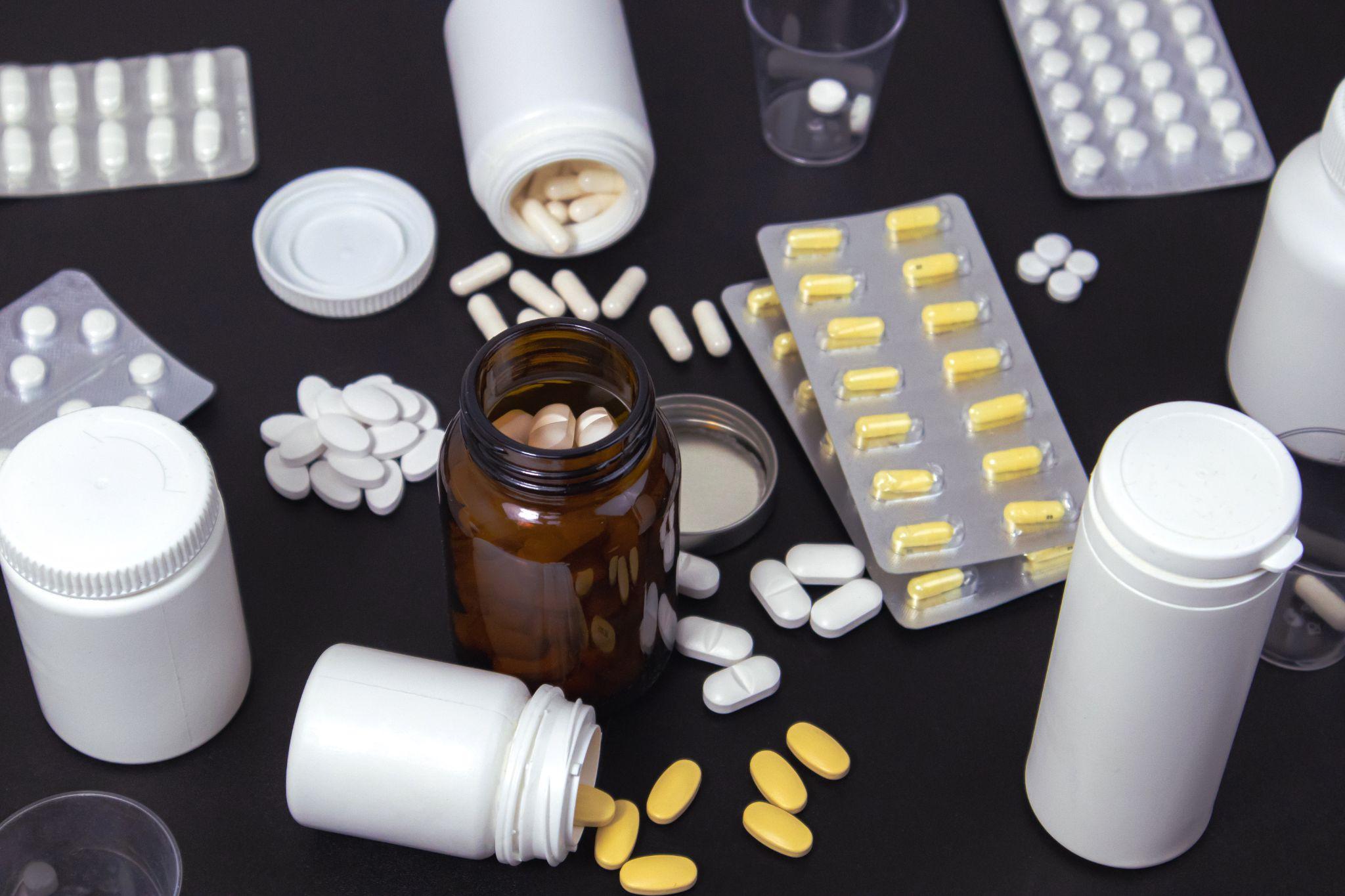Designer drugs, also known as synthetic drugs or new psychoactive substances (NPS), are man-made compounds designed to mimic the effects of traditional illegal drugs such as cocaine, marijuana, or heroin.
These substances are often created in laboratories and sold online, in head shops, or on the street. They are often marketed as legal alternatives to traditional drugs, and labeled as “research chemicals,” “bath salts,” or “plant food” to evade regulatory scrutiny. However, this deceptive marketing masks the significant dangers these substances pose to users.1
The creation of designer drugs involves altering the chemical structure of existing drugs to produce similar effects while attempting to circumvent drug laws. This constant modification makes it difficult for authorities to regulate these substances and for users to understand what they are taking. The results can be unpredictable and highly dangerous, leading to severe health risks, addiction, and even death.
Understanding what designer drugs are, why they are used, and the associated risks is crucial for those struggling with addiction and their loved ones.
List of Designer Drugs
According to the U.S. Drug Enforcement Administration, there are seven types of designer drugs, including the following:2
- Cannabinoids: These include synthetic cannabinoids like “spice” or “K2,” which mimic the effects of THC, the active ingredient in marijuana.
- Phenethylamines: This class includes drugs like MDMA (Ecstasy) and 2C-B, which have stimulant and hallucinogenic properties.
- Phencyclidines (or Arylcyclohexylamines): Drugs like PCP and its analogs can cause dissociative and hallucinogenic effects.
- Tryptamines: These include drugs like DMT and psilocybin, which are known for their powerful hallucinogenic effects.
- Piperazines: Often sold as “legal ecstasy,” these drugs have stimulant effects similar to MDMA. Examples include BZP and TFMPP.
- Pipradrol: Stimulants that are structurally similar to methylphenidate. Desoxypipradrol is a common example.
- N-ring Systems: This includes a variety of designer drugs with complex ring structures, such as N-bombs, which are potent synthetic hallucinogens similar to LSD.
Why Are Designer Drugs Used?
Designer drugs are often used for several reasons:
Perceived Safety: Many people believe designer drugs are safer because they are synthetic and often marketed as “legal highs.” The packaging and marketing can give the illusion that these substances are controlled and safe to use. However, this is far from the truth. The lack of regulation means these drugs can be highly dangerous.
Avoiding Detection: One significant reason for the popularity of designer drugs is the desire to avoid detection. Standard drug tests may not detect many designer drugs, making them appealing to individuals who undergo regular screening, such as athletes, employees, or people on probation.
Potency: Designer drugs can be much stronger than their traditional counterparts, offering a more intense experience. For instance, synthetic cannabinoids can be far more potent than natural THC, leading to stronger and often more dangerous effects.
Curiosity and Experimentation: The novelty of new substances can attract individuals looking for unique and intense experiences. The constant development of new designer drugs provides a wide array of options for those eager to experiment.
Accessibility: Designer drugs are often easier to obtain than traditional illegal drugs. They can be purchased online or in some stores, sometimes marketed as bath salts, plant food, or research chemicals, making them more accessible to a broader audience.
Peer Pressure and Social Influence: Social environments, such as parties or clubs, can influence individuals to try designer drugs. Peer pressure and the desire to fit in or enhance social experiences can drive someone to experiment with these substances.
Addiction Potential and Dangers of Designer Drugs

Designer drugs pose significant risks. Their unregulated nature means users often do not know what they are consuming or the potential effects. Here are some key dangers:3
Unpredictable Effects
Designer drugs can cause severe and unexpected reactions. Because their chemical compositions are often unknown, they can lead to dangerous outcomes, including:
- Extreme paranoia, hallucinations, and delusions are common.
- Heart attacks, high blood pressure, and irregular heartbeats can occur.
- Seizures, strokes, and severe agitation are risks.
- High potency and uncertain dosing increase the risk of fatal overdoses.
High Addiction Potential
Many designer drugs have a high potential for addiction. They can lead to physical dependence, meaning the body adapts to the drug and requires it to function normally. Withdrawal symptoms can be severe and include:
- Anxiety, depression, emotional instability, and mood swings.
- Physical discomfort like pain, nausea, and fatigue.
- Intense cravings and the desire to use the drug again.
Physical and Mental Health Risks
The health risks associated with designer drugs are profound. The physical and mental health risks include:
- Some designer drugs can cause long-term damage to organs such as the liver, kidneys, and brain.
- Prolonged use can lead to memory loss, reduced cognitive function, and difficulty concentrating.
- Mood swings, irritability, and long-term emotional disturbances can occur.
- The use of designer drugs can exacerbate underlying mental health conditions or trigger new ones, such as anxiety, depression, and schizophrenia.
Social and Legal Consequences
The use of designer drugs can lead to severe social and legal consequences, including:
- Addiction can strain or break relationships with family, friends, and colleagues.
- The inability to maintain regular employment due to drug use can lead to financial instability.
- Despite their initial legality, many designer drugs are eventually banned, leading to potential legal trouble for users.
Get Support for Designer Drug Addiction With Lumina Recovery
Designer drugs are a serious threat to health and well-being. Their unpredictable effects and high addiction potential make them extremely dangerous. It’s crucial to understand these risks and seek help if you or a loved one is struggling with addiction.
At Lumina Recovery, we are here to support you every step of the way through our wide variety of drug treatment programs, including inpatient and outpatient services.
If you or a loved one is struggling with addiction, reach out to our team of addiction specialists for help today.
Sources:


